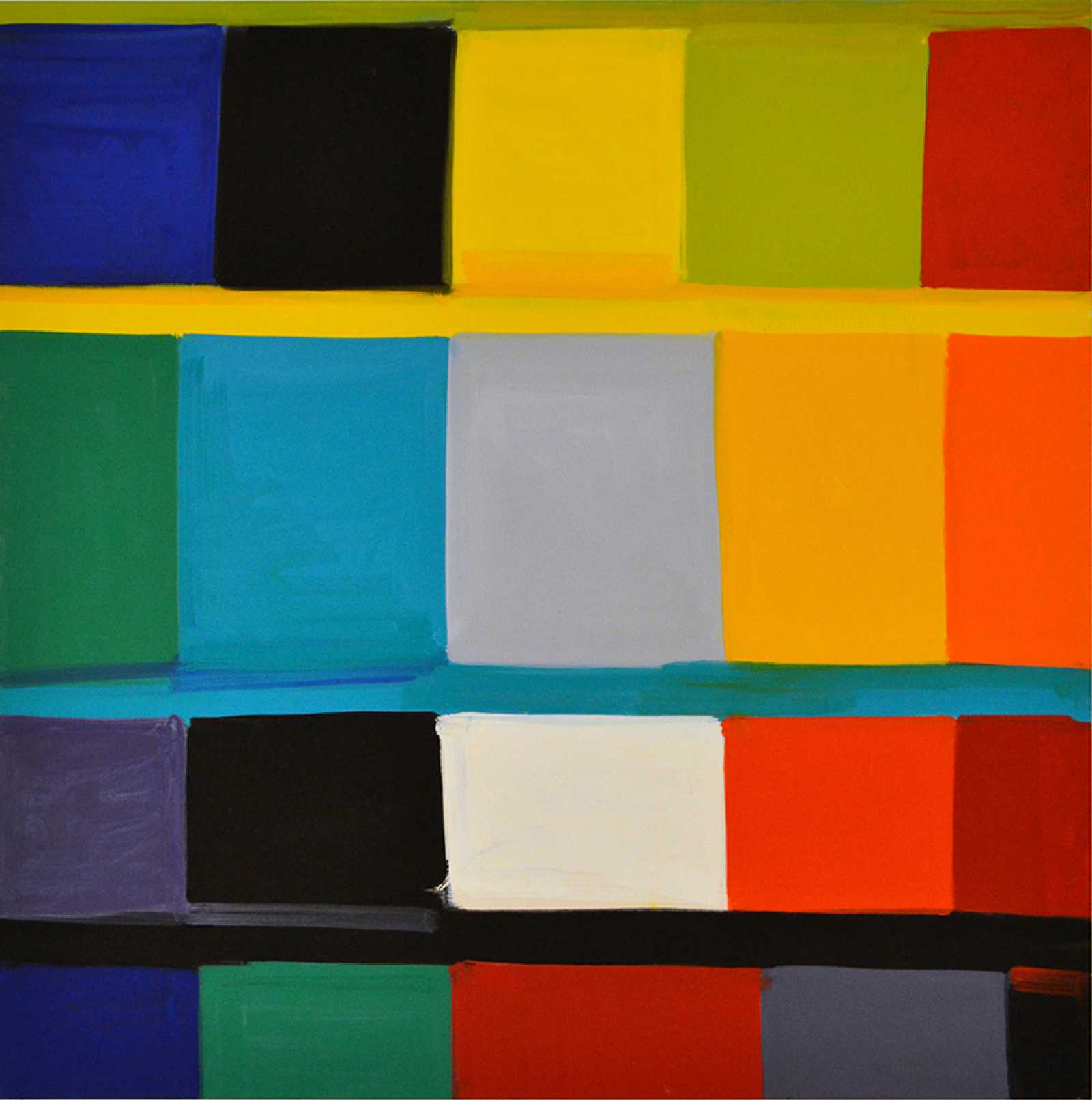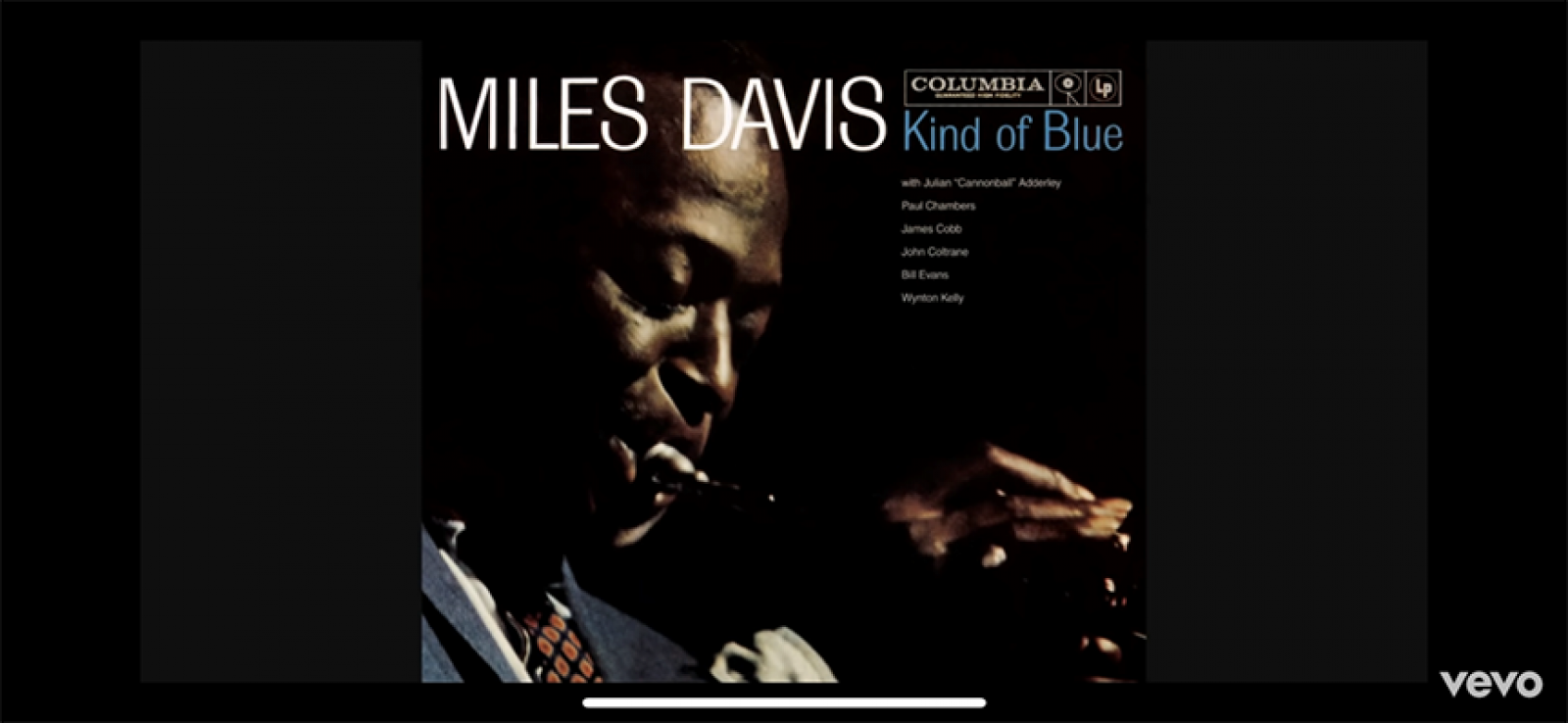Get Inspired by Stanley Whitney
Stanley Whitney (American, born 1946), Blue Meets Yellow, 2011, oil on canvas, 72 × 72 inches. Gift from the Collection of Stephen Simoni and John Sacchi in honor of Donna J. MacMillan, Chair of the Board of Trustees, 14-2012.
Have you ever looked at a work of art and been reminded of music? Or listened to a song and imagined color or an image? Music and visual art often find inspiration within one another.
Try letting the rhythm of music inspire your color palette. Create a painting inspired by Stanley Whitney by mixing together different colors to create different hues and tones.
Color—also referred to as hue. The darkness or lightness of a color is called the value or intensity. By adding white, a tint of the original color (usually paler) is created. By adding black, a shade of the original color (usually darker) is created.
Learn more about Stanley Whitney.
Supplies:
- Drawing paper or canvas (printer paper will work, but a paper that is thick enough to hold wet paint works best)
- Pencil
- Straight edge
- Three or more different colors of paint
- Paint brush
- Paint palette, such as paper plate or non-stick surface like wax paper
- Water and cup to clean brush
- Towel to dry brush
Step 1
Select a song, album, or playlist to listen to as you work. Think about music that has exciting musical tones and rhythm.
Stanley Whitney often finds inspiration in the improvisational nature of jazz, specifically the music of Miles Davis. For the artist, the act of painting and color selection depends on continual attention to tone, rhythm, and harmony, much like that of a musician.
Step 2
On your canvas, lightly lay out a grid in pencil. Use a straight edge to help create your lines
In Whitney’s painting, Blue Meets Yellow, he separates the canvas with three deliberate horizontal lines and then marks vertical lines in a repeated pattern to create a grid.
Step 3
While listening to your chosen music, think about what colors come to mind. Select three or more colors and add them to your paint palette. You can also mix some of the individual pure colors on your palette with white and black to create new tints and shades.
Tip: Each time you use a different paint color, be sure to rinse your brush with water and then dry it with a towel. This will prevent any unwanted color mixing.
What colors, tints, and shades can you create with your paints?
Step 4
Visualize how you will apply your colors to your canvas, or let the rhythm of the music aid your selection as you apply your colors to the grid blocks.
Step 5
Let the paint dry.
Optional: If your painting is on paper, glue it to a piece of colored paper to create a thicker backing and a frame for your work.






